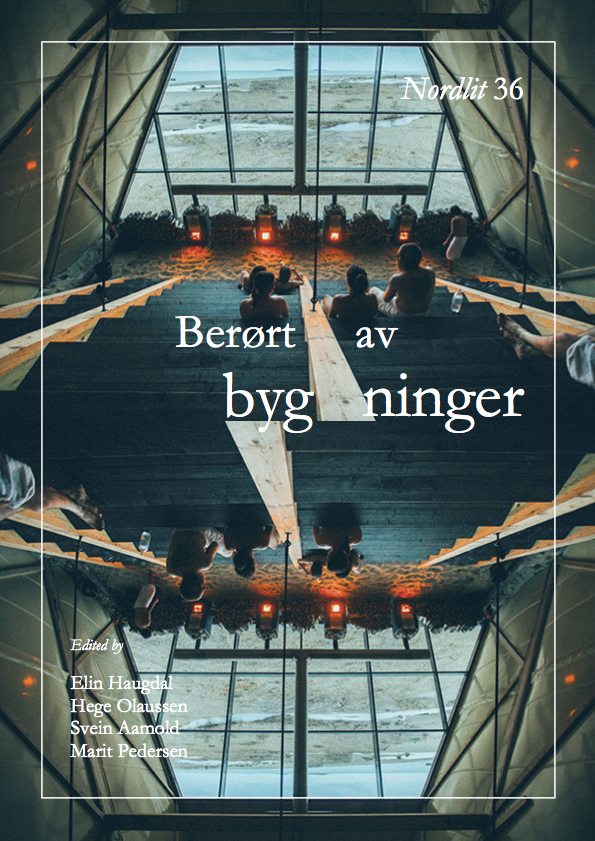Boligblokker i hardt klima. Hesteskoblokka i Hammerfest og Ormen långe i Svappavaara
DOI:
https://doi.org/10.7557/13.3681Keywords:
Hesteskoblokka, Ormen Långe, Ralph Erskine, Astrup og Hellern, boligblokker, seinmodernisme, arkitektur og klima, Findus, LKAB, Svappavaara, HammerfestAbstract
Large scale residential buildings from the modernist era have been severly criticized for being hostile both towards people and the environment. In small towns and in less urbanized areas in northern Scandinavia such residential blocks are highly visible elements in the landscape. When Hesteskoblokka (architect Astrup and Hellern) was erected in the recreational area outside Hammerfest in 1965 it was the largest residential block in Norway. A similar block, Ormen Långe (architect Ralph Erskine), was completed in Svappavaara in 1965. Both buildings contained apartments for workers in, respectively, the frozen food company Findus and in LKAB mining company. Brand new, they were strong symbols of growing industrial activity and modernization of the north. The blocks were similarly heavily affected by the economic downturn in the following decades, turned into slum or vacated. However, these blocks are not only sociologically interesting, but also the first in the Nordic countries where the architects undertook climate analyses. Both Hesteskoblokka and Ormen Långe obtained their form according to topographical and climatic conditions. Thus they were part of a growing environmentally conscious architecture and a new regionalism within the modernist architecture. This article discusses the attempts of new regionalism in the late modern architecture in the north, and questions both its ideas and realizations.









